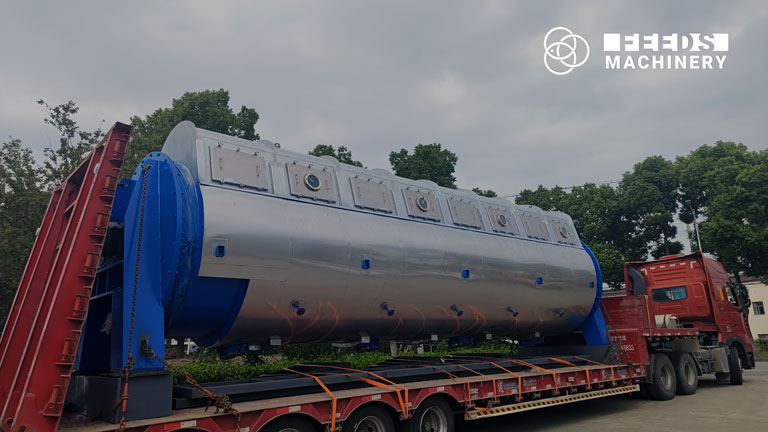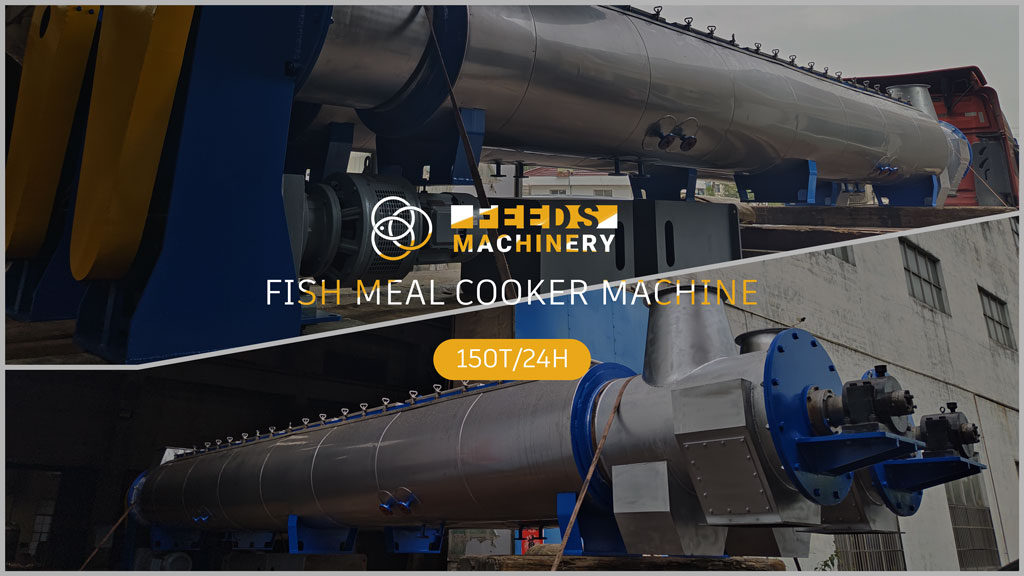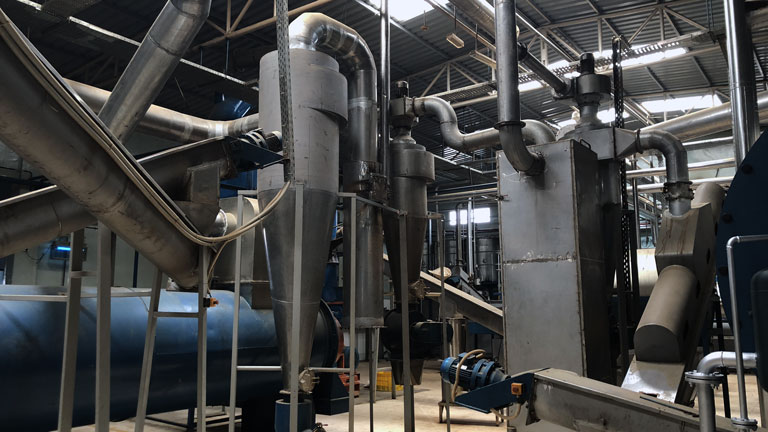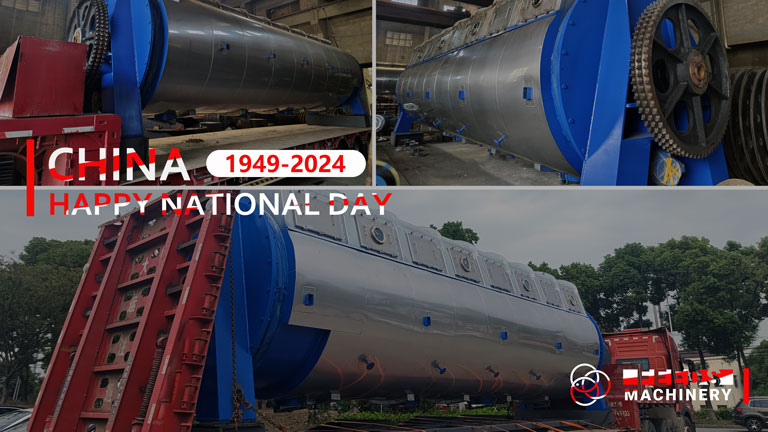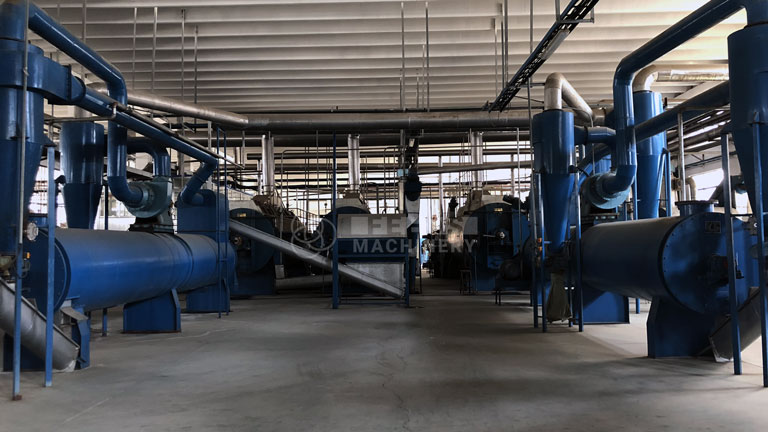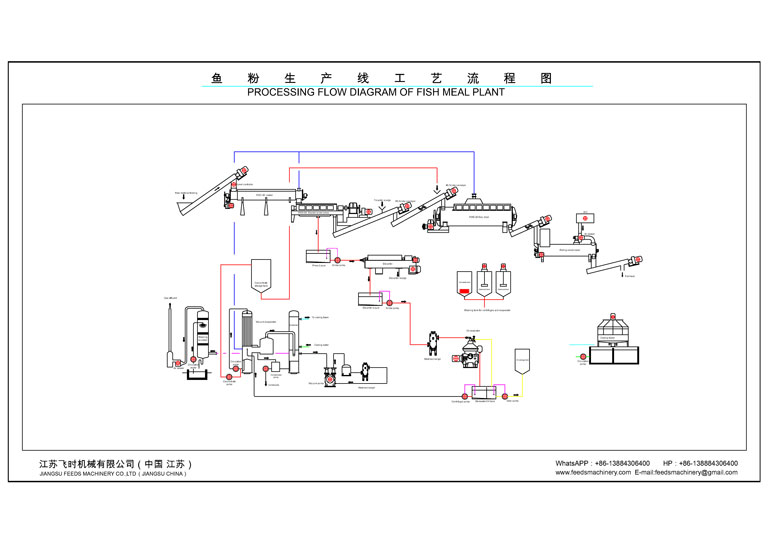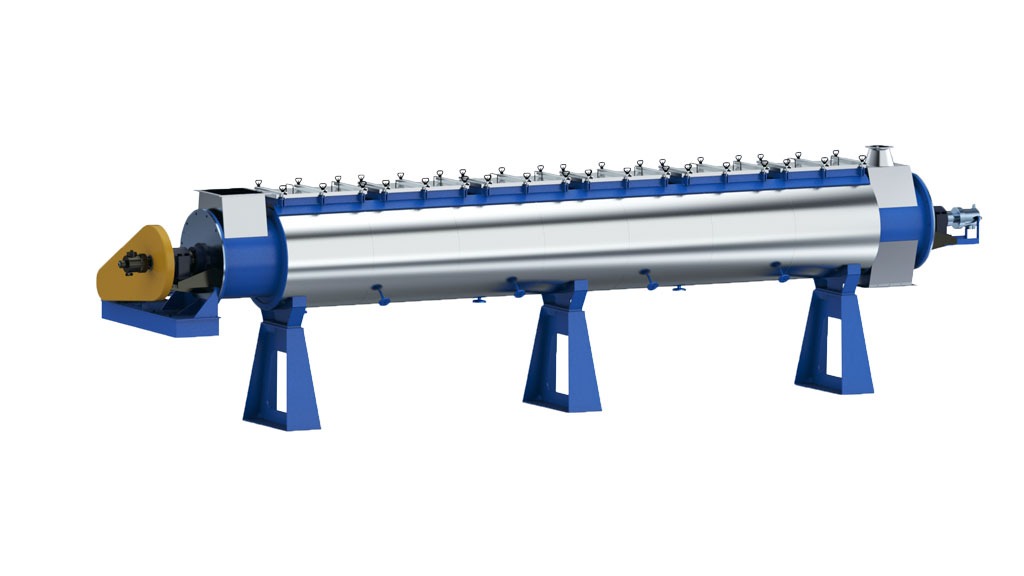
A fish meal cooker is a specialized machine used to heat and cook fish or fish by-products. The cooking process is a crucial step in the production of fish meal, as it helps to break down the fish tissues, coagulate proteins, and release oil and water. This not only improves the nutritional quality of the fish meal but also prepares it for subsequent processing steps such as pressing, drying, and grinding.
Features of a Fish Meal Cooker
1. High Efficiency: Fish meal cookers are designed to handle large volumes of raw fish or fish by-products efficiently. They use steam or direct heat to ensure thorough cooking, which is vital for the quality of the final product.
2. Durable Construction: These cookers are constructed from high-quality, corrosion-resistant materials to withstand the harsh conditions of fish processing environments. This ensures longevity and reliability in continuous operation.
3. Temperature Control: Fish meal cookers are equipped with advanced temperature control systems that allow precise regulation of cooking temperatures. This is crucial for maintaining the nutritional integrity of the fish meal.
4. Safety Features: Modern fish meal cookers come with various safety features, such as pressure relief valves, to ensure safe operation and prevent accidents.
How Does a Fish Meal Cooker Work?
1. Loading: Raw fish or fish by-products are loaded into the fish meal cooker. This can be done manually or through automated systems, depending on the scale of the operation.
2. Cooking: The fish meal cooker uses steam or direct heat to cook the fish. The cooking process typically involves raising the temperature of the fish to around 95-100°C. This helps to denature proteins, release oil, and separate water from the fish tissues.
3. Stirring: Many fish meal cookers are equipped with stirring mechanisms to ensure even cooking. The stirring action helps to distribute heat uniformly and prevent the fish from sticking to the cooker’s walls.
4. Discharge: Once the cooking process is complete, the cooked fish is discharged from the cooker and transferred to the next stage of production, which is usually pressing.
Applications of Fish Meal Cookers
Fish meal cookers are primarily used in fish meal plants, where they play a vital role in the production of fish meal. However, their applications can extend to other industries as well:
- Animal Feed Production: Cooked fish meal is a valuable ingredient in animal feeds, providing a rich source of protein for livestock, poultry, and aquaculture.
- Fertilizer Manufacturing: Fish meal is also used in organic fertilizers, where its nutrient content benefits plant growth.
- Industrial Uses: Fish meal is employed in various industrial applications, including pet food production and dietary supplements.
Benefits of Using a Fish Meal Cooker
1. Improved Product Quality: Fish meal cookers ensure that the fish is thoroughly cooked, which improves the nutritional quality and digestibility of the fish meal.
2. Increased Efficiency: By automating the cooking process, fish meal cookers increase the efficiency of fish meal production, reducing manual labor and processing time.
3. Enhanced Economic Value: High-quality, cooked fish meal commands a better market price, enhancing the economic value of the product.
A fish meal cooker is an indispensable component in the fish meal production process. It ensures that raw fish or fish by-products are thoroughly cooked, enhancing the quality, nutritional value, and marketability of the fish meal. Understanding the features, working principles, and applications of a fish meal cooker can help producers optimize their operations and achieve better results.

